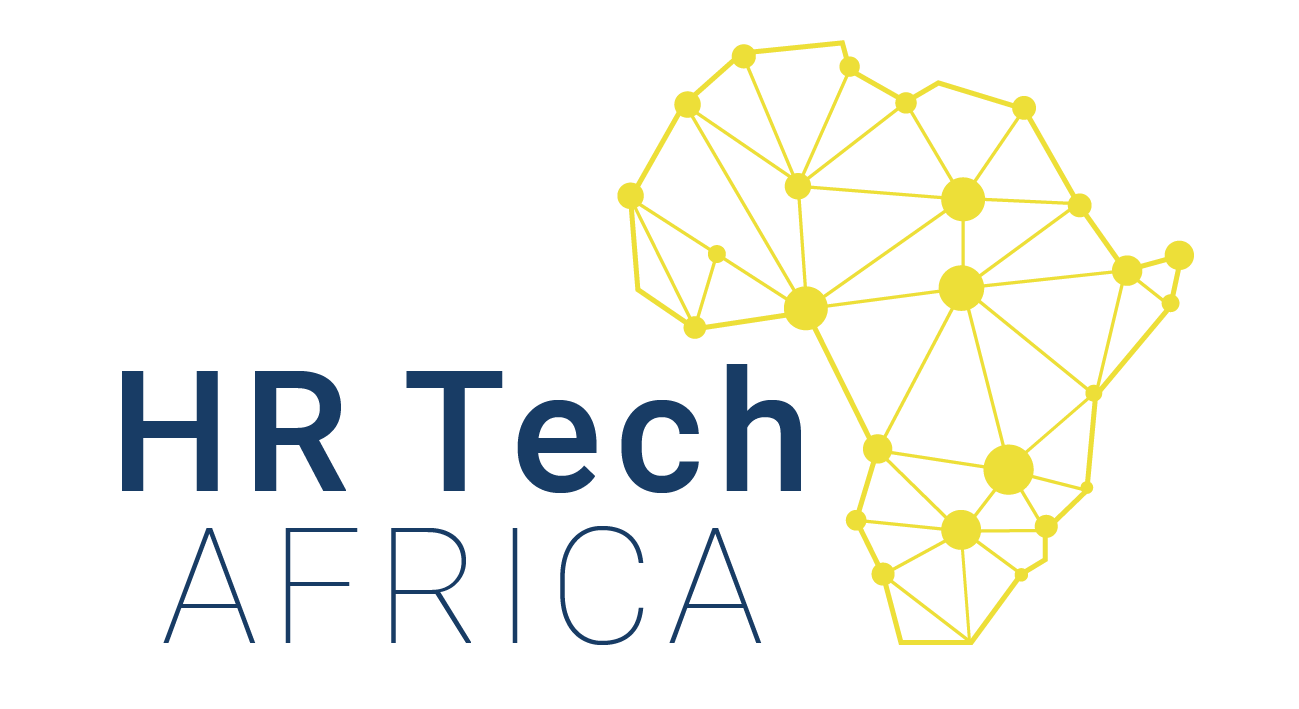
How is HR Technology Supporting Businesses in East Africa?
To build on my research into HR technology in the East Africa region, I created a short survey. 40 business in East Africa responded to this survey with some valuable insights.
I have shared these results below, together with commentary. I hope that this will help businesses understand where opportunities exist to leverage HR technology.
There are many opportunities to leverage HR technology throughout the East Africa region, to provide better support to the business and elevating the position of HR.
I also used these results to have meaningful conversations with HR leaders at my event in Nairobi in August 2018.
This blog post will briefly analyse the emerging trends for three of the questions from the survey. At this point, the answers primarily represent businesses from Kenya, who may be operating exclusively in Kenya or across the wider region. However, my intention is also to incorporate additional responses from the East Africa region as I continue to collect results.
1. What are the top 3 challenges (pain points) businesses face from a HR perspective?
What the survey said
- Motivating people in the organisation (43.75%)
- Retaining the best talent/losing them to competitors (40.63%)
- Acquiring the right talent (34.38%)
Key insights
Employee engagement and retention was also ranked #1 for importance and urgency in the 2014 Human Capital Trends survey by Deloitte. Talent acquisition also featured in the same list at #4.
So, four years on (2018) and these items are clearly still featuring high on the agenda of both SMEs and larger corporate firms.
In the Brighter Monday 100 Best Companies to Work for in Kenya survey (April 2018), just 23% of male employees and 21% of female employees said they are satisfied with their place of work. The survey also highlighted that up to 50% of employees would not recommend their current employer.
These are alarming figures and further validate my own survey results.
In order to improve motivation and engagement, there must be urgent action taken. Leaders should focus on improving the workplace culture, increasing engagement and enhancing employee satisfaction.
Actionable tips
In such a competitive market and with a dynamic, multi-generational work place, companies must take these crucial steps now. They must review and refresh their talent acquisition, engagement and retention strategies as a matter of urgency.
Two extremely important considerations are:
- Creating a strong, compelling brand. The brand should be attractive to new talent and make current employees feel proud to be part of. Safaricom in Kenya is a great example of a strong brand.
- Focusing on factors that resonate with employees. This may include career opportunities, pay and benefits, flexibility, trust, diversity and inclusion etc.
2. Which areas are already using HR technology?
What the survey said
- Payroll (78.13%)
- Talent acquisition (43.75%)
- Performance management (34.38%)
Key insights
Some effort has been made in recruitment and performance management. However, these are two key areas that are being affected the most by the changing demands of the multi-generational and modern digital work place. They are also directly linked to the pain points outlined above and as such, are critical to the success of the business.
From the survey results, payroll is clearly the area that most businesses have focused on so far. I would assume that this is more than likely out of necessity than anything else. However, this demonstrates that technology can make things much more efficient. Can you imagine having to manually calculate and raise payments for the entire work force?
Actionable tips
Firstly, recruitment and performance management must have a carefully defined and well thought-out strategy behind them. This then needs to be underpinned by best-in-class technology.
Secondly, Businesses must continuously review the effectiveness of the technology that they are using. It is simply no good to implement something once and forget about it. Continuous improvement is critical for long term success and to stay ahead of competitors.
There are many opportunities to streamline and automate core HR processes to help enhance data quality. Such enhancement will also improve both efficiency and productivity of the HR function. This in turn will enable HR teams to be less focused on administration but instead to sharpen their skills and think strategically.
By looking at the results, I see two other critical areas that seem to be taking a back-seat. In my view, talent management and learning systems are important and are definitely opportunity areas to explore further.
3. Which factors prevent HR technology from being used more?
What the survey said
- Cost of implementing systems (65.63%)
- Ongoing costs – subscriptions, licensing, maintenance etc. (37.5%)
- HR is not viewed as a strategic partner to the business (31.25%)
Key insights
Cost is clearly a major barrier to implementing digital solutions. It has come up time and time again in my conversations with HR leaders in Africa.
First and foremost, I believe that there is not enough appreciation of how HR can add value to the business.
Technology is merely an enabler to facilitate and deliver the HR strategy in the most efficient and effective manner possible. Cost will always be seen as a barrier unless it can be offset by clear business benefits.
HR have an opportunity to elevate themselves and how they are perceived. They can either be seen as a a non-profit, administrative function or as a valuable business partner, who works with the business to help them deliver their goals. A true business partner in not just a title. To be taken seriously, you must show commercial awareness, address the critical agenda items (e.g. engagement and retention) and add value in some way. Perhaps one way would be to provide some data-driven people insights through effective use of technology.
Actionable tips
In a highly competitive market, CEOs expect much more from their HR that simply processing leave forms. Granted, it will take time to develop support and trust but the opportunity is with firmly with HR for the taking.
My recommendation is not to try and run before you can walk. Focus on one or two key areas first. Develop a compelling strategy that can be supported by low-cost (but effective) digital solutions. Then connect this to the business value you plan to demonstrate.
Remember, that leaders love to see that you have commercial awareness. So, consider how you will measure the value and show a return on any investment made.
Once a level of trust and value is proven and developed over time, support for future initiatives will become easier.
Some related posts that may interest you
If you want to learn more about HR technology in East Africa, you may be interested in some of my other posts:
Thanks for reading
If you enjoyed this, please share it with your network: Twitter | LinkedIn | Facebook
Are you a HR professional in Africa?
If you would like more information on using HR technology to solve your business challenges, please reach out to me here





